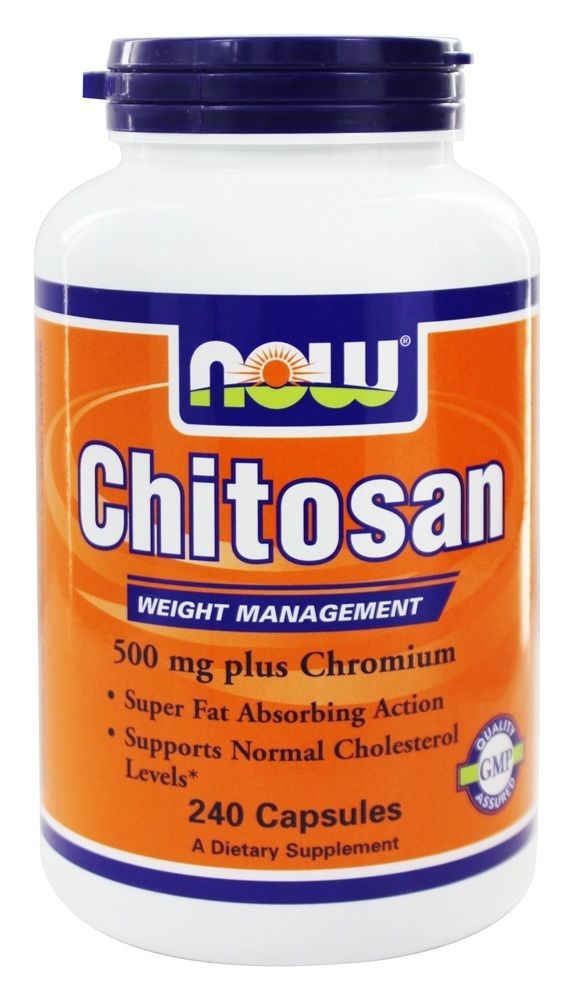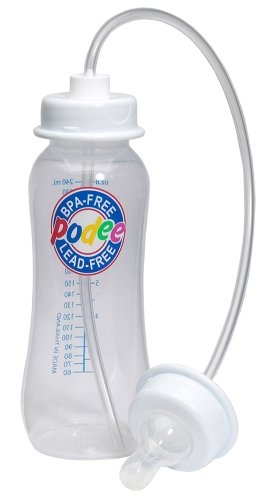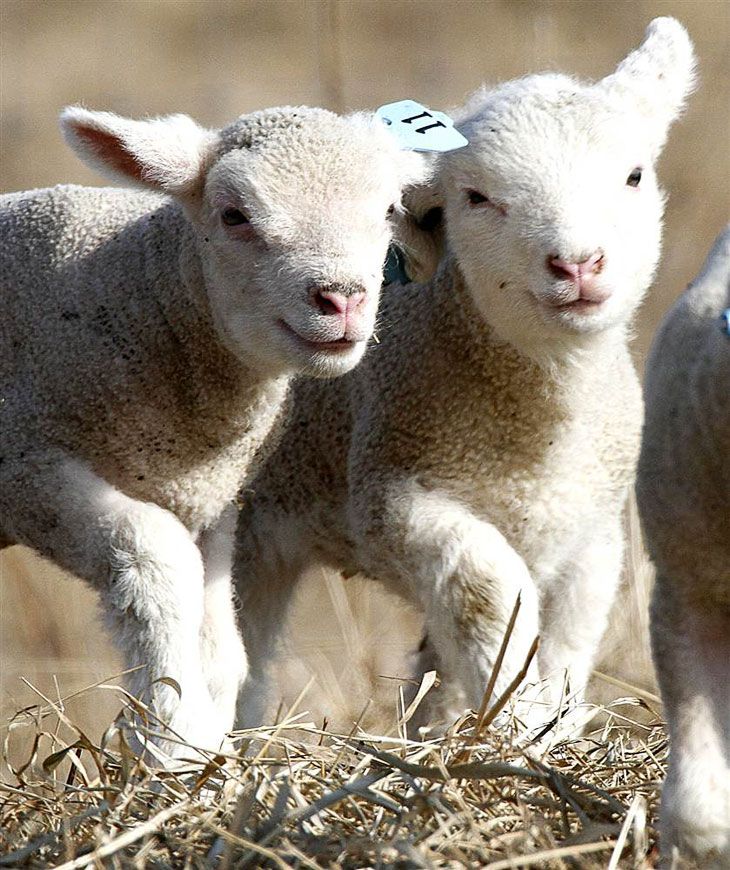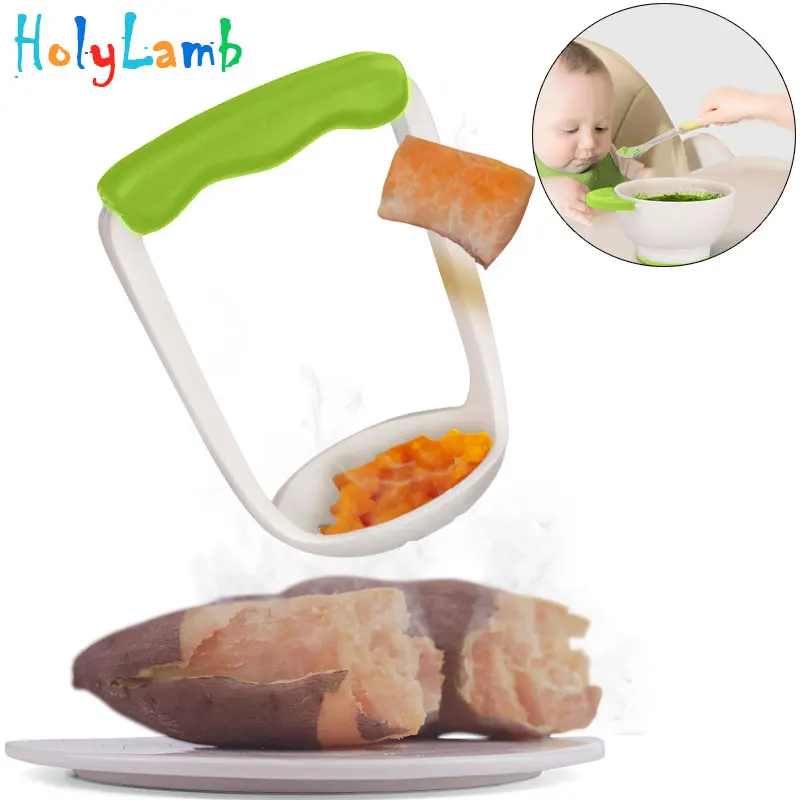High calcium baby food
10 Best Calcium Rich Foods For Babies And Toddlers
Children grow at a rapid pace and require a nutritionally adequate diet that supports this rapid growth. Calcium plays an important role in the growing up years and knowledge about calcium rich foods for babies and toddlers is essential for parents.
AFFILIATE DISCLOSURE This blogpost contains affiliate links. As an Amazon Associate I earn from qualifying purchases. For more information read the full disclosure.
In this post, I am going to cover everything you need to know about calcium rich foods for kids and some bonus calcium rich recipes for toddlers. If you have a picky eater, you are going to thank me.
Let’s get started.
IMPORTANCE OF CALCIUM FOR GROWTHCalcium is an important mineral that supports bone and teeth development.
Not just that, calcium is also important for;
- Proper nerve function, sending and receiving nervous system signals
- Muscle function, proper muscle contraction and relaxation
- Maintaining proper hormone levels in the body
- Needed for maintaining a normal heartbeat
- For clotting of blood
How much calcium does a child need?
1-3 yr olds 700 mg/day
4-8 yr olds 1000 mg/day
9-13 yr olds 1300 mg/day
14- 18 yr olds 1300mg/day
CALCIUM REQUIREMENTS FOR BABIES UNDER 1 YEAR OF AGEBabies get their calcium from breast milk or formula.
Babies younger than 6 months old need 200 mg of calcium a day and babies 6 to 11 months old need 260 mg of calcium a day.
Do note babies should only consume breast milk or formula. Do not give cow’s milk or any other animal milk to babies younger than 1 year of age.
To get an idea of how I pair foods and build snacks to aid maximum absorption of nutrients you must check my ebook on toddler snack recipes.
It includes 36 snack recipes for toddlers and adults alike that fill in the nutritional gaps of the day. Its your one-stop resource for all things snacks. Get the book here.
CALCIUM RICH FOODS FOR BABIES AND TODDLERS
Once babies start solids including foods rich in calcium is important. Though cow milk or any other milk should be avoided under age 1, other milk products like yogurt and low salt cheese like paneer can be started gradually by 8-9 months of age.
Here is a list of calcium rich foods for kids for your reference:
1.
 Milk and Milk products
Milk and Milk productsCows milk, buffalo milk, goat milk can be started after 1 year of age.
Whole fat cows milk is recommended until age 2
Calcium content:
Cows milk (2% ) contains about 120 mg calcium/100ml
Goat Milk contains about 134 mg calcium /100 ml
Buffalo Milk contains about 210 mg /100 ml
Other milk products to try with babies 8-9 months and older.
Fresh homemade curd 149 mg /100 gm
Paneer (Cottage cheese) 200mg /100 gm
Cheese 721 mg /100 gm
source: USDA and IAP
Though with paneer and cheese caution should be exercised. These foods are high in saturated fats and sodium, limit intake to 1-2 cubes of paneer at a time, and small portions of grated cheese as toppings on foods for toddlers.
When buying cheese avoid processed cheese and look for natural hard cheeses containing minimal salt. Goats cheese, swiss cheese, cheddar cheese are great cheese options for toddlers. Check my recommendations for natural cheese here.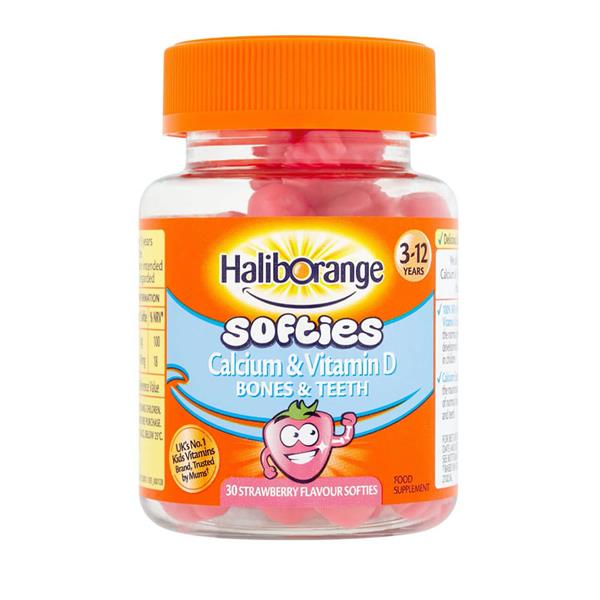
Many children however, don’t particularly like the taste of milk or dairy products, if you are worried about your child not getting enough calcium, don’t, read on to find more sources of calcium for toddlers that don’t drink milk.
2. Soy
Soy in the form of fortified soymilk, tofu set in calcium sulfate, edamame, tempeh can be included in the toddler’s diet in various ways to increase calcium intake.
Tofu can contain about 200 mg/100 gms of calcium depending on how it’s prepared.
Food ideas: Sauteed tofu, tofu chilly, tofu scramble, curries with tofu/soy nuggets added as a meat replacement.
3. Broccoli & certain dark green vegetables
Cruciferous veggies like broccoli and dark green leaves like kale, collard greens, spinach leaves, turnip leaves, amaranth leaves, and watercress are all great sources of calcium. When it comes to green vegetables it is important to mix it up and try different combinations.
Food ideas: Broccoli soup for babies, broccoli paratha, broccoli patty, watercress salad, add kale to pesto, amaranth leaves to paratha, Broccoli dosa wraps.
4. Ragi (Finger Millet)
Millets like ragi are traditional first foods for babies in India. Ragi is a rich source of calcium at about 344 mg/100 gms. It’s easy to digest for babies, gluten-free, and a super nutritious grain for children. Consider adding ragi to your baby’s diet as a calcium-rich food for baby teeth and bone development.
Here is a post I wrote recently on why millets are good for babies.
Food ideas: Ragi porridge for babies, ragi pancakes for toddlers, ragi dosas, ragi idlis, ragi- whole wheat chappati.
5. Beans and Lentils
Beans like white beans, baked beans, kidney beans (rajma), chickpeas, and lentils like black gram dal (urad dal), pigeon peas (tuvar dal), bengal gram (chana dal ) are calcium rich foods for babies.
The Indian diet uses these beans and lentils in very effective combinations to make some lip-smacking foods. It’s hard not to enjoy beans and lentils in our part of the world, and it’s just an added bonus that these superfoods are some of the best sources of vegetarian protein, iron, and calcium rich food for babies.
Food ideas: In vegetarian side dishes, dals, lentil and bean soups, hummus, bean parathas, curries, khichdi (rice and lentil dish), bean chilly, baked beans on toast. Here are some lentil recipes for toddlers. Read here for more recipes using lentils for kids.
6. Sesame seeds
100 gms of sesame seeds contain up to 975 mg of calcium! While one cannot consume sesame seeds in such a large amount, it makes sense to include some sesame seeds in homemade hummus, tahini and use sesame seeds in ladoos or energy balls.
Including such calcium-rich recipes for toddlers daily should get more preference over cookies or chips.
Food ideas: As part of energy bars and energy balls, tahini, hummus.
Add a tablespoon of tahini to your toddlers morning oats porridge, or use tahini as a dipping sauce for cut veggies.
Date And Sesame Bliss Balls7. Almonds
Nuts are a good source of calcium, but among nuts, the highest calcium content is in almonds at 248 mg/100 gms.
Food ideas: Almond nut powder on porridge, almond butter with whole wheat crackers or chapati, or almonds in pesto sauce.
Here is a quick recipe to make your own homemade nut butter.
8. Green peas
Green peas contain about 25 mg of calcium/100 gms. They can easily be added to a number of dishes or used as a side making them a versatile vegetable to work with.
Food ideas: Green peas patty, Pea soup, added to rice dishes, added to upma, poha.
9. Amaranth
Amaranth (rajgira) is used in many traditional Indian recipes. Both the leaf and the grains are considered nutritious. Of particular importance is the amount of calcium in Amaranth at 159 mg/100gms.
The grains need to be sprouted for 2-3 days in order to reduce the antinutrients present in them. Once sprouted you can cook amaranth similar to a rice or couscous dish.
Traditionally amaranth flour is used to make ladoos in Indian homes.
Food ideas: As porridge, in soups and stews, amaranth flour pancakes, amaranth flour ladoos, in salads, or as amaranth patty.
This recipe includes amaranth flour and crushed almonds building up the calcium content and making it a calcium-rich food for kids
10. Okra
You may be surprised to find this vegetable on the list but Okra contains about 82 mg/100 gm of vegetable. That’s a good amount of calcium per serving. Okra is a commonly used vegetable in Indian homes with most kids loving Indian okra dishes.
IS MILK THE ONLY SOURCE OF CALCIUM FOR CHILDREN?
Traditionally cows milk is looked at as the main source of calcium, but it is important to include a variety of calcium rich solid foods in the child’s diet. Some children may not like the taste of milk, while some may have milk allergies.
When parents only look to milk as an option for calcium it can lead to other problems like force-feeding, adding sugary syrups/powders to make milk taste good which in turn promotes a liking for more engineered foods with artificial colors and flavorings over natural flavors of whole foods.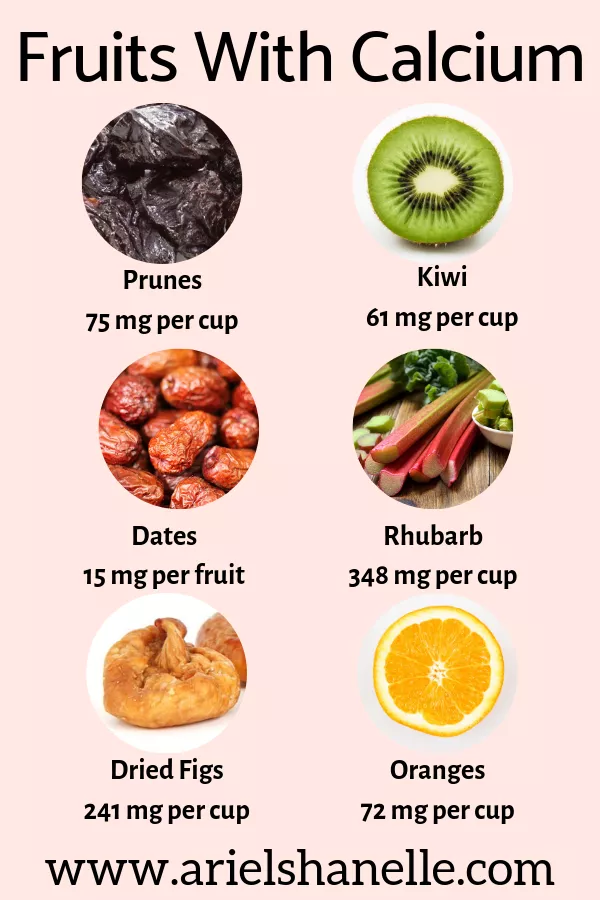
Milk and milk products are also high in saturated fats and consuming these in large amounts increases the risk of childhood obesity.
Toddlers by nature eat very little which makes it vitally important to include calcium rich solid foods instead of filling them up on liquids like milk.
One of the side effects of drinking too much milk is an increased risk of developing childhood anemia. Calcium rich foods are known to hinder the absorption of iron-rich foods. Limiting milk intake to 2 cups a day for toddlers is recommended.
To summarize for you, milk provides good amounts of calcium, but should not be looked at as the only source of calcium for kids.
Try and incorporate a variety of calcium rich solid foods alongside milk in the child’s daily diet.
In the case of lactose intolerance or dairy allergies look for fortified foods like fortified plant milk, calcium-fortified cereals, and the other non-dairy calcium-rich foods that I mentioned above in order to meet the daily recommendations of calcium in the child’s diet.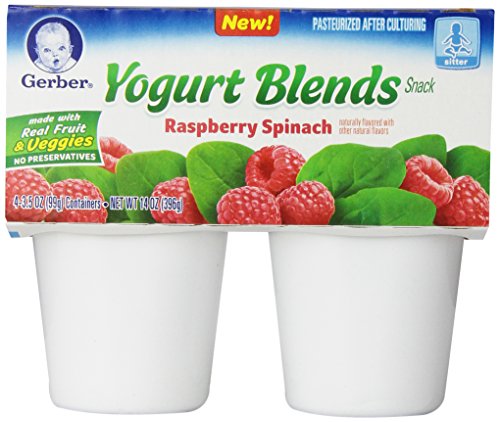
IS CALCIUM FORTIFIED ORANGE JUICE OKAY?
It is not necessary to offer fruit juices to children for nutrition. Once in awhile consumption is okay.
Fruit juices do not contain fiber, are high in sugars, and cause damage to teeth when consumed regularly.
Besides, filling up on liquids is never a good thing for little kids. Liquid foods take up stomach space and create a feeling of fullness.
The toddler fills up on liquid food with minimal nutrition and ends up not eating lunch/dinner or other solid foods that provide a wider variety of nutrients.
The occasional orange juice is definitely an option to get some calcium in. Some brands add Vit D to the orange juice too which helps in better absorption of calcium. But these types of juices are not something that needs to be incorporated into the daily diet.
The American Academy of Pediatrics (AAP) announced in recent guidelines on juice, that children under one year of age should not drink juice at all and for older kids limit juice consumption to very small quantities.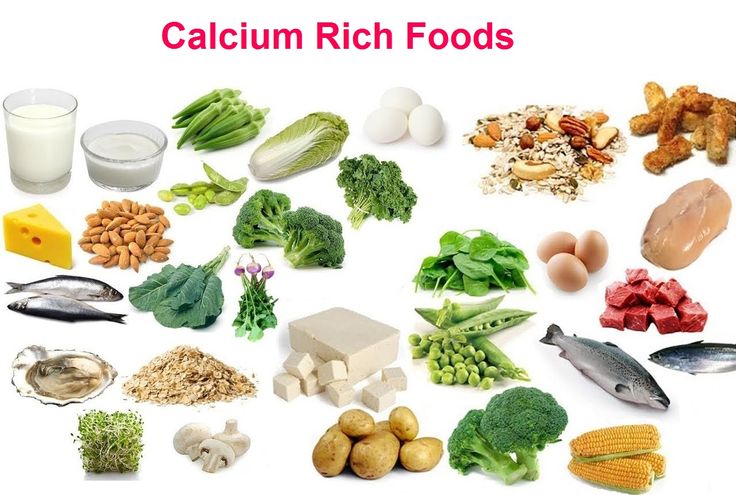 (source)
(source)
Thus, when incorporated judiciously to the child’s diet, calcium-fortified foods like orange juice have some benefits, but should not be looked at as a daily source of the calcium nutrient.
How to ensure the child gets enough calcium?
Other than including the list of calcium rich foods for babies and toddlers mentioned above, try and include some of these alternative sources of calcium to the child’s diet.
Sweet potato
At 30 mg calcium/100 gms, sweet potato is a great way to add more calcium to the diet of babies and toddlers.
Food ideas: sweet potato as stuffing in parathas, baked sweet potato fries, sweet potato fritters, sweet potato mash.
Coconut milk
Coconut milk offers about 16 mg of calcium /100 ml
Food ideas: Add to curries, cook porridge in coconut milk, smoothies with coconut milk.
Dried figs
Dried figs are one of the best dried fruits for calcium.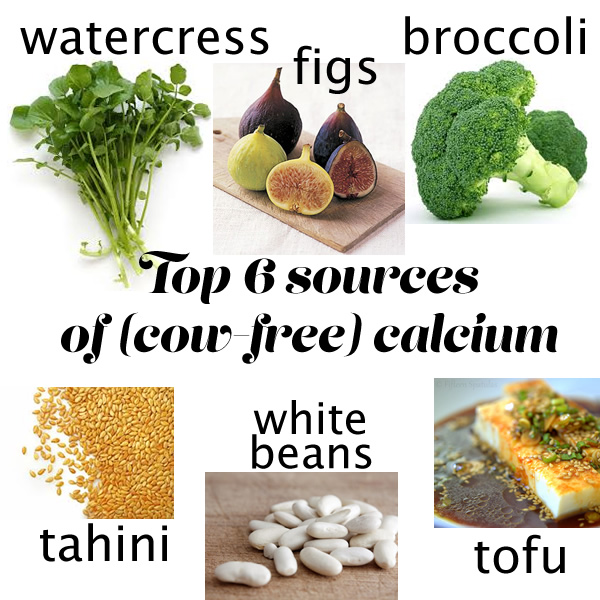 2 medium-sized dried figs contain about 27 mg of calcium.
2 medium-sized dried figs contain about 27 mg of calcium.
While it is not advisable to offer large amounts of dried frigs to kids because of its high sugar content, it still makes for a significant amount of calcium that can be easily added as a topping to any food to boost the nutrient content of the food.
Food ideas: Most children love dried figs, you can easily chop them up in appropriate sizes and add to porridge, smoothies, or in energy bars.
Related reading: Oats recipes for babies and toddlers, includes my favorite fig oats porridge.
Sprouted legumes, seeds, grains.
Sprouting of legumes, seeds, and grains increases the nutritive value of the food, by increasing the bioavailability of nutrients.
Sprouting not only increases calcium content in the beans but also reduces some of the antinutrients like phytic acid that block absorption.
The most common sprouts are alfalfa sprouts, mung bean sprouts, and other varieties of bean sprouts.
Vit D + Exercise
Other important points to consider when thinking of increasing calcium content in your child’s diet is to include Vit D rich foods (egg yolks, mushrooms, and oily fish) and time in the sun (early morning and evenings) engaged in play both of which are essential for calcium absorption.
Vit D + Exercise along with calcium rich foods makes strong bones.
There you go,
I hope this information helps you as you plan those calcium rich meals for your kids. Which calcium rich foods does your toddler enjoy? Do you have a special recipe to share? Leave me a comment below.
References:
Calcium. (2017). [Blog] kidshealth.org. Available at: https://kidshealth.org/en/parents/calcium.html [Accessed 26 Mar. 2019].
New Recommended Daily Amounts of Calcium and Vitamin D. (2011). MedlinePlus, [online] (Winter11 Volume 5), p.12. Available at: https://medlineplus.gov/magazine/issues/winter11/articles/winter11pg12.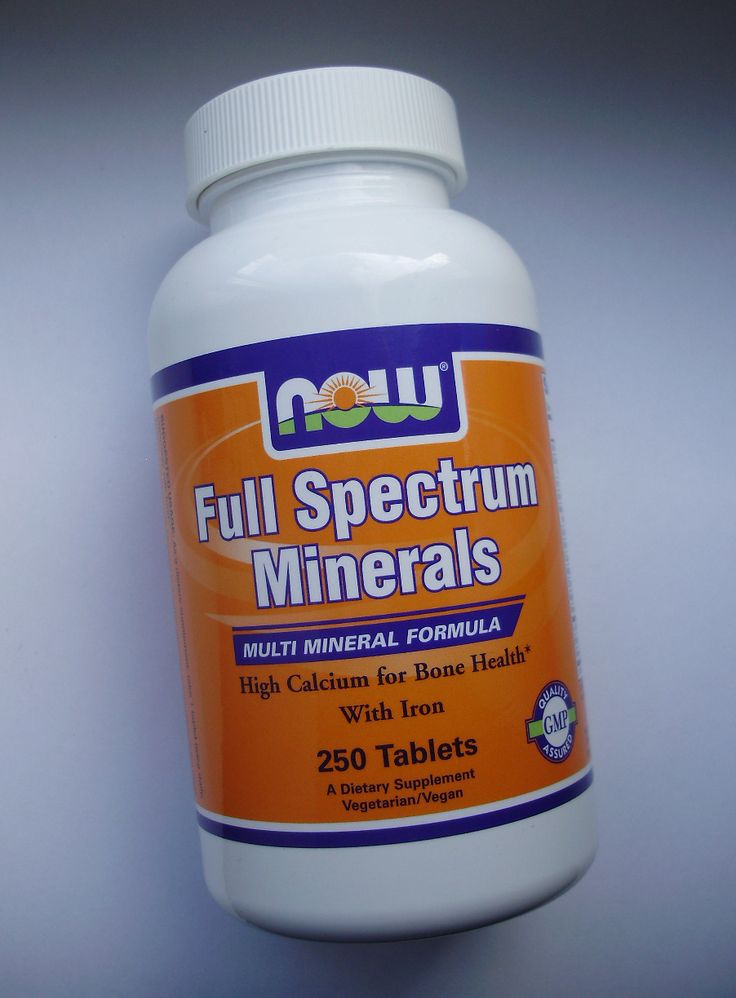 html [Accessed 26 Mar. 2019].
html [Accessed 26 Mar. 2019].
The Relationship Between Cow’s Milk and Stores of Vitamin D and Iron in Early Childhood. (2012). PEDIATRICS, 131(1), pp.X29-X29.
All About Calcium and Why it Matters
RachelMS, RD, LDN, CSSD, CBS
Read time: 3 minutes
What to know about meeting your and your child’s calcium needsLearn why calcium is critical for your health
How much calcium is needed by age
Which foods are good sources of calcium
Calcium is the most abundant mineral in the body.2 While this mineral is mostly known for its role in keeping our bones and teeth strong, it also helps with several other bodily functions, including:
Blood clotting
Sending and receiving nervous system signals
Muscle contraction and relaxation
Hormone release
Maintaining a normal heartbeat1,2
Getting enough calcium is critical from infancy through adulthood.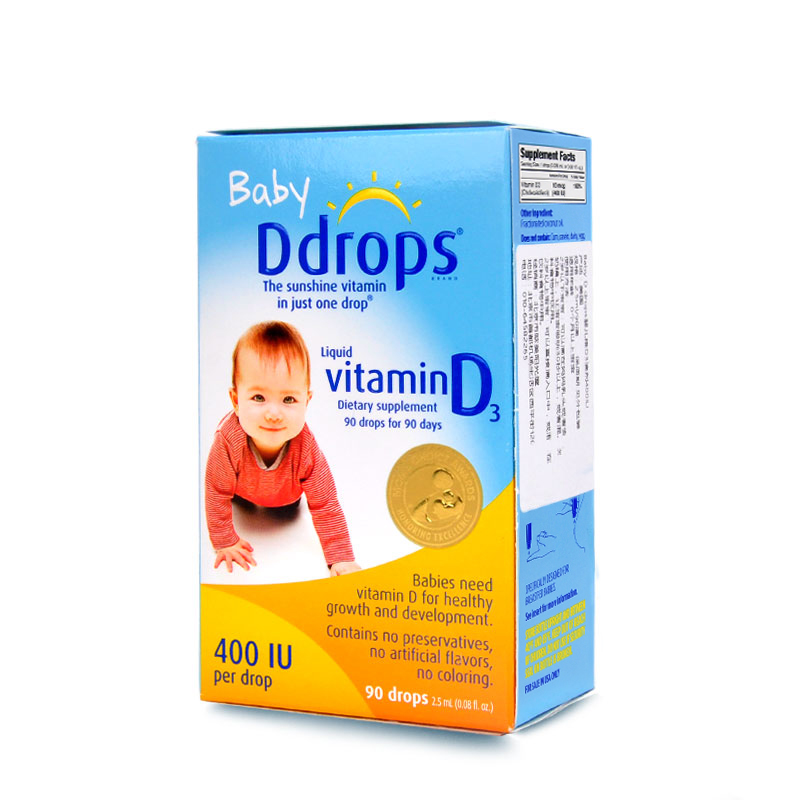 When you’re not getting enough of this mineral in your diet, the body pulls calcium from your bones when it needs more.1 This means that low calcium intake over time will cause bones to weaken, putting a child at risk for rickets and an adult at risk for osteoporosis.1
When you’re not getting enough of this mineral in your diet, the body pulls calcium from your bones when it needs more.1 This means that low calcium intake over time will cause bones to weaken, putting a child at risk for rickets and an adult at risk for osteoporosis.1
Below are the Recommended Dietary Allowances (RDAs) for calcium:
Babies 0 – 6 months: 200 mg
Infants 7 – 12 months: 260 mg
Children 1 – 3 years: 700 mg
Children 4 – 8 years: 1,000 mg
Teens 9 – 18 years: 1,300 mg
Adults 19 – 50: 1,000mg
Pregnant and breastfeeding women: 1,000mg1
While most people link calcium with dairy, in addition to dairy there are many other food sources of calcium to include in the diet.
Getting a variety of calcium-rich foods can also increase the amount of nutrients consumed. For example, plant foods high in calcium, such as greens, beans, and nuts, are also high in vitamins, minerals, and powerful antioxidants.
Below are some foods that can help meet calcium needs. Be sure to only provide foods and food textures that are appropriate for your child’s age and stage:
Dairy (milk*, yogurt, cheese)
Fortified foods and beverages such as: whole grain cereal, whole wheat bread, orange juice, tofu, nondairy beverages such as soy and almond milk, tofu
Canned salmon and sardines, both with bones
Spinach, turnip greens, kale, Chinese cabbage, broccoli
Soybeans, chia seeds, pinto beans
*Children under 1 year should not drink cow’s milk. Read more here: How Do I Introduce Milk to my Toddler
Certain substances like oxalic acid (found in spinach, collard greens, sweet potato, and beans) as well as wheat bran prevent calcium absorption to some degree.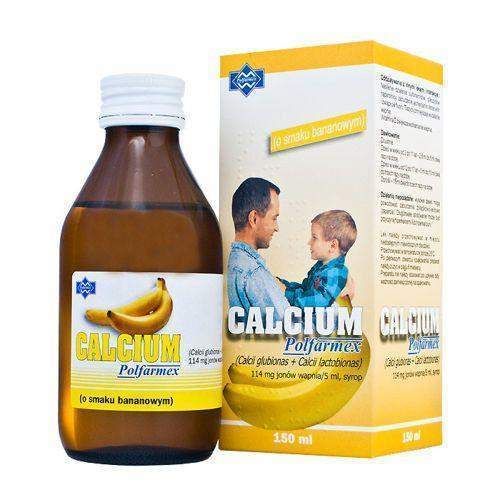 5,6 But know that these foods provide many other nutrients that are important for health, so it’s important to keep them in our diet and simply aim for many sources of calcium throughout the day.
5,6 But know that these foods provide many other nutrients that are important for health, so it’s important to keep them in our diet and simply aim for many sources of calcium throughout the day.
Have questions about including calcium-rich foods in your or your child’s diet? Reach out to our team of registered dietitians and lactation consultants for free! They’re here to help on our free to live chat from Monday – Friday 8am - 6pm (ET), and Saturday – Sunday 8am - 2pm (ET). Chat Now!
Calcium in your baby and toddler’s dietWhile breastmilk and infant formula usually provide all the calcium needed for babies, it is important to begin offering calcium-rich foods once your little one is ready for solids and throughout their childhood.4,7
In fact, childhood through the teenage years is the most important time for building good bone mass for life. 7 So getting in the habit of eating foods rich in calcium from an early age is important for long term bone health.
7 So getting in the habit of eating foods rich in calcium from an early age is important for long term bone health.
Dairy foods high in calcium are also typically high in protein and fat, both of which are also important for your baby and toddler. Feeding your little one a healthy and varied diet full of whole foods will help provide them with not only the calcium they need a but also many other nutrients.
One fact to keep in mind as you plan your and your children’s diet is that the body absorbs calcium best when it’s spread out through the day, and not eaten all at once.3 3
Learn about: Why Yogurt is a Great First Food for Baby
Tips to getting enough calciumProvide a variety of calcium-rich foods to your baby or toddler.The goal is to introduce several different food sources of calcium throughout the day to not only help build your baby and toddler’s taste preferences, but also to aim for a good calcium intake average over the week.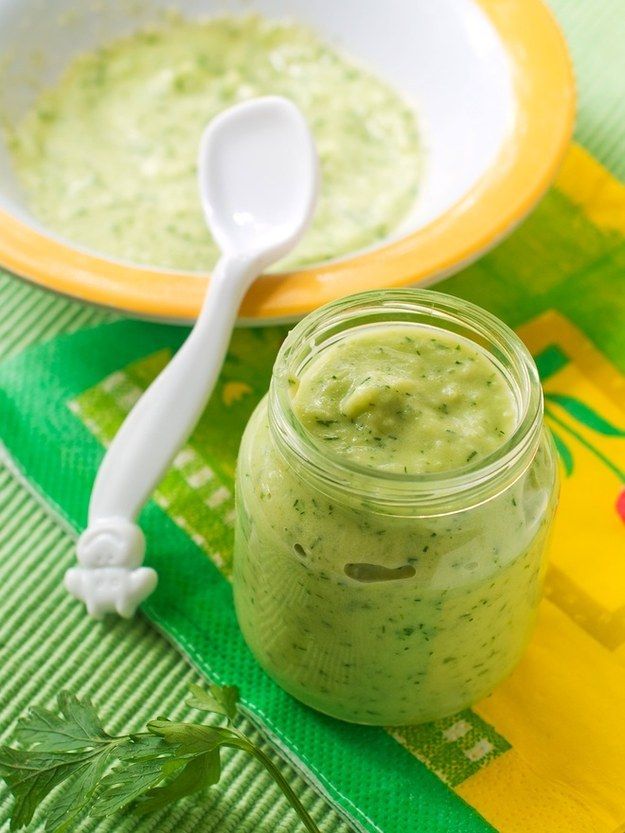
Make sure you provide foods and textures that are appropriate for your baby’s age and oral motor skills.
Here’s a cheat sheet of foods with amounts of calcium by serving:
Firm tofu made with calcium sulfate: ½ cup contains about 250 mg
Mozzarella, part skim: 1 oz contains about 220 mg
Plain yogurt: 4 oz (1/2 cup) contains about 200 mg
Sardines (with bones): 1 oz contains about 105 mg
Cow’s milk*: 4 ounces contains 150 mg
Soybeans, cooked: ½ cup contains about 130 mg
Spinach, cooked: ½ cup contains about 123 mg
Turnip greens and kale, cooked: ½ cup contains about 95 mg
Chia seeds: 1 Tablespoon contains about 75 mg
Pinto beans: ½ cup contains about 55 mg
6” Corn tortilla: 1 tortilla contains about 46 mg
Whole wheat bread: 1 slice contains about 30 mg
Dried figs: 1 fig has about 13 mg
Many dairy alternatives, orange juices, and breakfast cereals are fortified with calcium, check the labels for exact amounts1,8
*Children under 1 year should not drink cow’s milk. Read more here: How Do I Introduce Milk to my Toddler
Read more here: How Do I Introduce Milk to my Toddler
No need to track every milligram of calcium! The goal is to provide a few sources throughout the day on most days. This way your little one’s calcium intake over the week averages about the amount they need.
Recipe and meal ideas to help increase calciumHere are some fun and delicious recipe ideas that include calcium-rich foods. Be sure to provide your little one with foods in a texture they can handle. Feel free to mash any of the below recipes up should your little one need a softer or smoother consistency!
Fruit and Yogurt Pops
Fluffy Spinach Scrambled Eggs
Cheesy Peasy Pasta *Try subbing out the peas for chopped, sauteed kale for even more calcium-impact!
Kale Pesto Chicken Quesadilla *Try using a corn tortilla for increased calcium
Chat with your child’s health care professional should you have questions about their calcium intake.
When taking care of our children, we often forget that our health matters too. Choose calcium-rich foods throughout your day to help make sure you are meeting your needs.
Here are some great resources:
Meal Plan to Build your and your baby’s Bones during Pregnancy and Breastfeeding
Which Nutrients do I Need during Pregnancy?
What to Eat while Breastfeeding
Let's Chat!We know parenting often means sleepless nights, stressful days, and countless questions and confusion, and we want to support you in your feeding journey and beyond.
Our Happy Baby Experts are a team of lactation consultants and registered dietitians certified in infant and maternal nutrition – and they’re all moms, too, which means they’ve been there and seen that. They’re here to help on our free, live chat platform Monday - Friday 8am - 6pm (ET), and Saturday - Sunday 8am - 2pm (ET). Chat Now!
Chat Now!
Read more about the experts that help write our content!
For more on this topic, check out the following articles:Why does Vitamin D Matter for Babies, Tots, and Mama
Starting Solids: Signs of Readiness
Introduce Solids: First Foods and Textures
Sources
What products with calcium are better to give to a child?
18 August 2020
8 February 2021
4 minutes
10003
ProWellness
Contents
- Benefits of calcium for the child's body
- How to understand that a child lacks calcium?
- What calcium foods can I give my child?
Disclaimer
Please note that all information posted on the site Prowellness is provided for informational purposes only and is not a personal program, a direct recommendation for action, or medical advice. Do not use these materials for diagnosis, treatment, or any medical procedure. Consult your physician before using any technique or using any product. This site is not a specialized medical portal and does not replace the professional advice of a specialist. The Site Owner is not liable to any party who has suffered indirect or direct damage as a result of misuse of materials posted on this resource.
Consult your physician before using any technique or using any product. This site is not a specialized medical portal and does not replace the professional advice of a specialist. The Site Owner is not liable to any party who has suffered indirect or direct damage as a result of misuse of materials posted on this resource.
Which foods with calcium are best for a child?
Calcium is one of the most important trace elements that provides a person with health and a comfortable existence. It is especially important for a growing organism. What foods with calcium can be given to a child?
Benefits of calcium for children
Why calcium is good for baby's health:
- ensures normal growth and development of the baby;
- correctly forms the bone skeleton;
- reduces the risk of developing rickets;
- improves the condition of teeth and tooth enamel;
- reduces the risk of caries;
- has a positive effect on the condition of hair, nails, skin;
- has a positive effect on the nervous system and the transmission of nerve impulses;
- strengthens nerve tissues;
- increases the body's defenses;
- reduces the risk of developing allergies;
- strengthens the cardiovascular system, has a positive effect on its work;
- helps develop memory, attention, mental abilities;
- provides the child with vigor and strength;
- helps to cope with stress factors.

How can you tell if your child is lacking calcium?
You can suspect a lack of calcium in a child's body by the following symptoms:
- The child grows slowly, gains weight poorly, lags behind his peers in physical development.
- His nails are constantly breaking, peeling, with visible white stripes.
- Dental diseases often occur.
- Hair grows slowly and falls out frequently.
- The child behaves irritably, aggressively.
- Gets tired quickly, lacks energy.
- The child has convulsions.
What calcium foods can I give my child?
List of foods with calcium that will be good for the child:
- Hard cheese. Parmesan is the record holder for calcium content. It will help beneficial substances to be better absorbed in the intestines of the child.
- White beans. Contains a lot of magnesium, and this has a double beneficial effect on the bones.
- Milk and dairy products. The child can be given milk, cottage cheese, kefir, natural yogurt, fermented baked milk. The main thing is not to add sugar to them, otherwise calcium will be absorbed worse.
- Almonds and hazelnuts. Nuts have a lot of calcium, but they are high in calories, they should not be overeaten. It is very important for an adult to monitor the condition of the child after taking nuts. They can cause allergies.
- Pumpkin and sesame seeds. Usually children eat seeds with pleasure, but if the crumb refuses them, then seeds can be added to salads and main dishes, homemade cakes.
- All types of cabbage. Especially useful for children is broccoli, as it does not cause digestive problems and allergies.
- Sardines. They are good for bones, but you should be careful with canned food, as they should not be given to children in large quantities.

- Oily sea fish. Particularly useful for the baby are red fish and tuna.
- Olive oil. It is worth completely replacing them with sunflower. Suitable for frying and salad dressing.
- Fresh herbs. Most calcium is found in dill, parsley, spinach, sorrel. Greens should be added to salads or simply offered to the child to chew on a bunch.
- Oranges. They can be eaten in their pure form, or you can make juices, fresh juices, desserts from them, add them to pastries.
- Dried figs. Great alternative to sweets.
- Bananas. They do not contain the daily norm of calcium, but they contain potassium, which prevents the leaching of nutrients from the body.
Attention! Foods with calcium should be in the diet of any healthy person, especially a child, as a growing body needs support.
Disclaimer
Please note that all information posted on the site Prowellness is provided for informational purposes only and is not a personal program, a direct recommendation for action, or medical advice. Do not use these materials for diagnosis, treatment, or any medical procedure. Consult your physician before using any technique or using any product. This site is not a specialized medical portal and does not replace the professional advice of a specialist. The Site Owner is not liable to any party who has suffered indirect or direct damage as a result of misuse of materials posted on this resource.
Do not use these materials for diagnosis, treatment, or any medical procedure. Consult your physician before using any technique or using any product. This site is not a specialized medical portal and does not replace the professional advice of a specialist. The Site Owner is not liable to any party who has suffered indirect or direct damage as a result of misuse of materials posted on this resource.
Expert: Evgenia Bulakh Expert in the field of motherhood, health and proper nutrition
Reviewer: Ekaterina Vorobieva Adept of a healthy and active lifestyle
Read other articles on similar topics
(4 votes, average 3)
Share this article0001
“It grows by leaps and bounds” — this well-known Russian proverb reflects the intensity of the processes of growth and development of babies. Indeed, on average, the increase in the length of a baby in the first year of life is 20–25 cm, and there will never be such impressive results in the future. For the harmonious development and normal operation of all the organs and systems of the baby, a constant supply of nutrients is required - the "bricks" that make up the body.
For the harmonious development and normal operation of all the organs and systems of the baby, a constant supply of nutrients is required - the "bricks" that make up the body.
Contents: Hide
- calcium - our support
- scarce states
- Sources of calcium
- Cereal complementary foods
- A fermented milk products
In addition to the main nutrients - proteins, fats and carbohydrates, the receipt of vitamins and minerals is necessary. Despite the low content of these substances in the body, their role in maintaining life is enormous. They are part of numerous enzymes, hormones and other biologically active substances that regulate metabolic processes and implement an individual growth and development program. One of the most important minerals absolutely necessary for the human body is calcium. This element takes part in more than three hundred different processes in the body, but it plays its main role in the formation of the bone skeleton, helping the child grow strong, healthy and strong.
Calcium is our backbone
The inclusion of the mineral in the bones of a child begins in utero, mainly in the last trimester of pregnancy. In a newborn, the total amount of calcium in the body is approximately 25 grams. Childhood and adolescence is characterized by intensive growth and buildup of skeletal mass, and by the age of an adult, the content increases to 1000-1200 grams. Of the total amount of calcium, 99% is found in the bones and teeth, and 1% is in the blood and soft tissues. Calcium accumulates in parallel with phosphorus in the skeleton, forming a solid foundation for all bones. In this process, these elements work in pairs, and they are also assisted by vitamin D, which regulates the sufficient absorption of calcium from the intestines and its deposition in the bones. The most intensive processes of bone growth are observed in three age groups: from birth to one year, then at 5–7 years, and finally, in adolescence. During these critical periods, the child needs calcium in sufficient quantities, and the task of parents is to ensure the supply of this important mineral.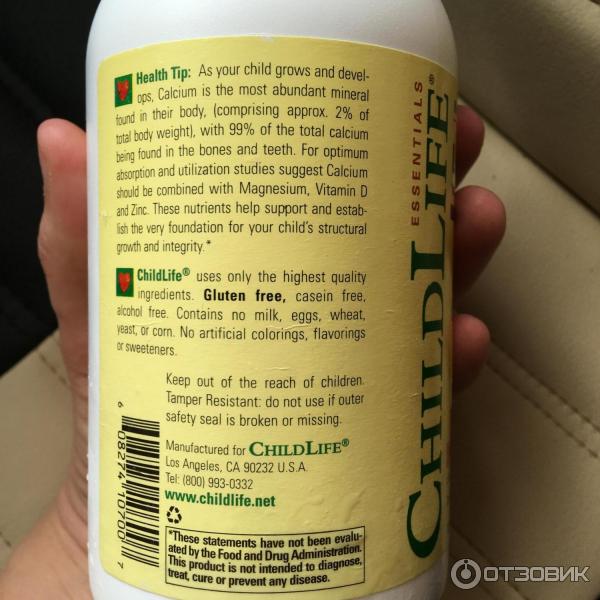
Permanent update
Many people believe that the human skeleton is a "stone" skeleton, which gradually increases its mass as it grows older and practically does not undergo changes. This is not entirely correct. The skeleton, like any other organ, is in constant renewal. Resorption and removal of old, damaged areas of bones and the formation of new young structures occur. In childhood, this process is very intense, and the skeletal system is completely renewed in 1–2 years. The indicator of the daily amount of calcium intake directly affects the rate of linear growth and bone mineral density, determining the physical development of the child and even the long-term risks of bone fractures in old age.
Many-sided macronutrient
Of course, the supporting structural role of calcium is very important, but this is not the only benefit of the mineral. The processes and exchange reactions in which he takes part are surprisingly diverse. Calcium is one of the important components of the blood coagulation system, determining the activity of at least seven links of this multi-stage cascade.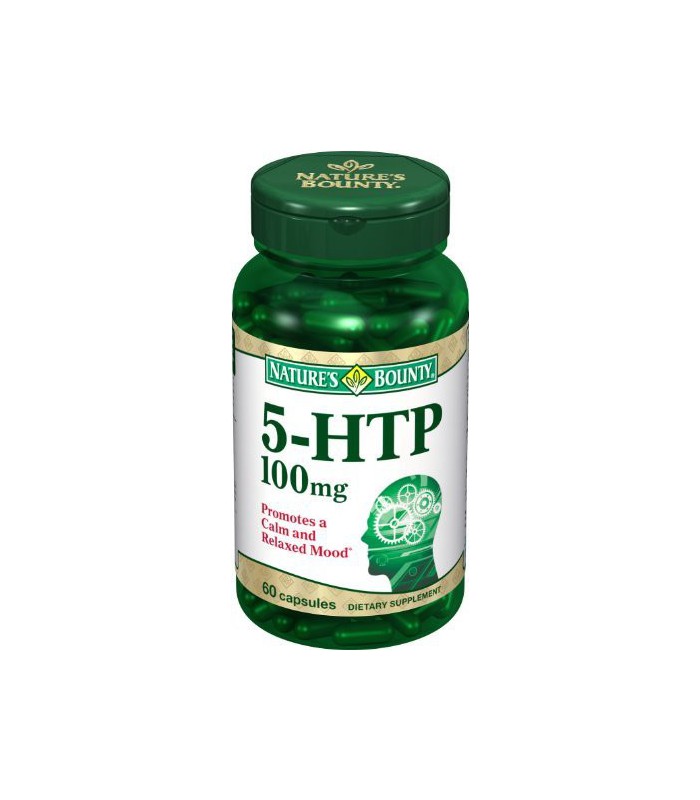 This mineral is also necessary for muscle contraction, which directly affects muscle strength, heart function, the processes of narrowing and relaxation of the walls of blood vessels, and the regulation of blood pressure.
This mineral is also necessary for muscle contraction, which directly affects muscle strength, heart function, the processes of narrowing and relaxation of the walls of blood vessels, and the regulation of blood pressure.
IMPORTANT! Calcium is also important for the efficient functioning of the central nervous system, participating in the processes of excitation and transmission of nerve impulses. By determining the activity of a number of enzymes and hormones, it is essential for the functioning of the immune and endocrine systems. At the same time, calcium probably performs the most basic task at the level of each cell of the body: it regulates the processes of growth and differentiation, participates in the formation of intercellular bridges and connections, forming tissues and organs.
This is why the concentration of calcium in the blood, due to its importance for a large number of vital processes, is precisely regulated, and the normal range is quite narrow from 2. 16 to 2.51 mmol/l. Strict maintenance of this level is extremely important. What fluctuations are allowed? Very minor - a decrease in concentration by 20% already leads to major disorders: weakening of muscle tone, increased excitability of the nervous system, and even to the development of seizures.
16 to 2.51 mmol/l. Strict maintenance of this level is extremely important. What fluctuations are allowed? Very minor - a decrease in concentration by 20% already leads to major disorders: weakening of muscle tone, increased excitability of the nervous system, and even to the development of seizures.
Deficiency states
In case of insufficient intake of calcium from food or low absorption from the intestines (for example, with vitamin D deficiency), the body responds with a reaction: its excretion with urine decreases and absorption of the mineral from the intestines increases to the maximum. However, if these mechanisms are not enough to maintain the required level, the element is washed out of the bone structures. This leads to growth retardation, impaired bone and tooth formation.
IMPORTANT! At an early age, calcium deficiency leads to the development of rickets. The child has a curvature of the legs and gait disturbances, deformation of the bones of the chest and limbs, a change in the bones of the skull.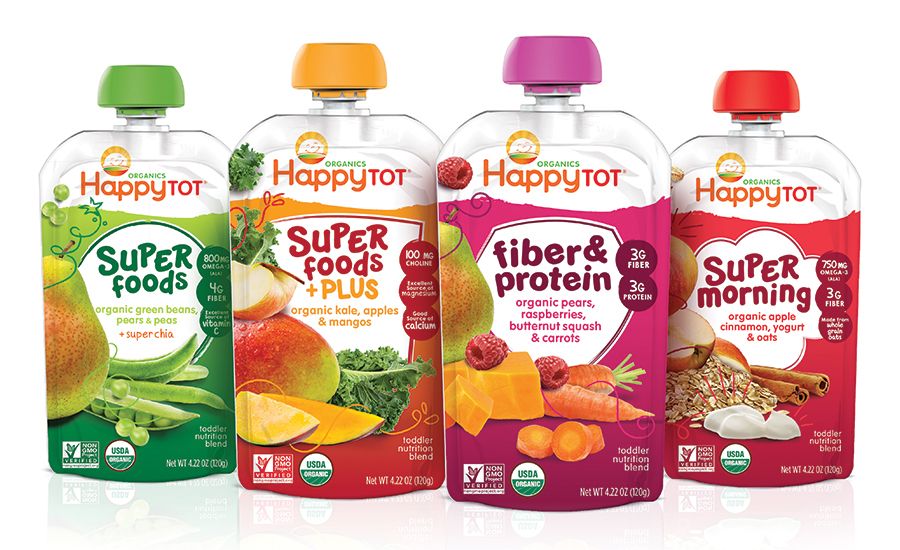 Characterized by late teething and frequent caries. In addition to changes in the skeletal system, clinical manifestations in the form of increased irritability, sleep disturbances, sweating, muscle weakness reflect changes in many of the most important systems of the body.
Characterized by late teething and frequent caries. In addition to changes in the skeletal system, clinical manifestations in the form of increased irritability, sleep disturbances, sweating, muscle weakness reflect changes in many of the most important systems of the body.
Calcium deficiency in childhood has long-term consequences, increasing the risk of osteoporosis and fractures in adults. Often insufficient intake in childhood is reflected by problems during future pregnancy, when this mineral is necessary for the fetus to form the skeleton and is actively mobilized from the dentin of the mother's teeth and bones.
Sources of Calcium
There is no doubt about the need for a daily intake of calcium from food, especially during periods of intensive growth, when the need for it is very high. With a balanced diet, a sufficient supply of minerals and vitamin D ensures the maintenance of the required level in the blood serum, as well as proper deposition in bone tissue and teeth. In accordance with the current recommendations in the Russian Federation, all children and adolescents should receive 800-1200 mg of calcium per day. The main source of mineral intake in the body is food. Calcium is one of the most common minerals on Earth, and many foods contain it in their composition. It is present in meat, fish, vegetables, legumes, fruits and cereals. However, the listed food groups are not considered as sources of this mineral, since there is not much calcium in them (less than 100 mg / 100 g of the product), and, in addition, the percentage of assimilation is also very low (no more than 10–30%).
In accordance with the current recommendations in the Russian Federation, all children and adolescents should receive 800-1200 mg of calcium per day. The main source of mineral intake in the body is food. Calcium is one of the most common minerals on Earth, and many foods contain it in their composition. It is present in meat, fish, vegetables, legumes, fruits and cereals. However, the listed food groups are not considered as sources of this mineral, since there is not much calcium in them (less than 100 mg / 100 g of the product), and, in addition, the percentage of assimilation is also very low (no more than 10–30%).
IMPORTANT! An exceptional role in providing children and adults with this macronutrient is played by milk and dairy products. So, a glass of milk or natural yogurt or 40 grams of cheese contains about 300 mg of calcium. It is this food group that supplies up to 80% of the required amount of calcium and phosphorus.
A feature of dairy products is the fact that the necessary minerals are present in them in an easily digestible form, which is rarely found in other foods.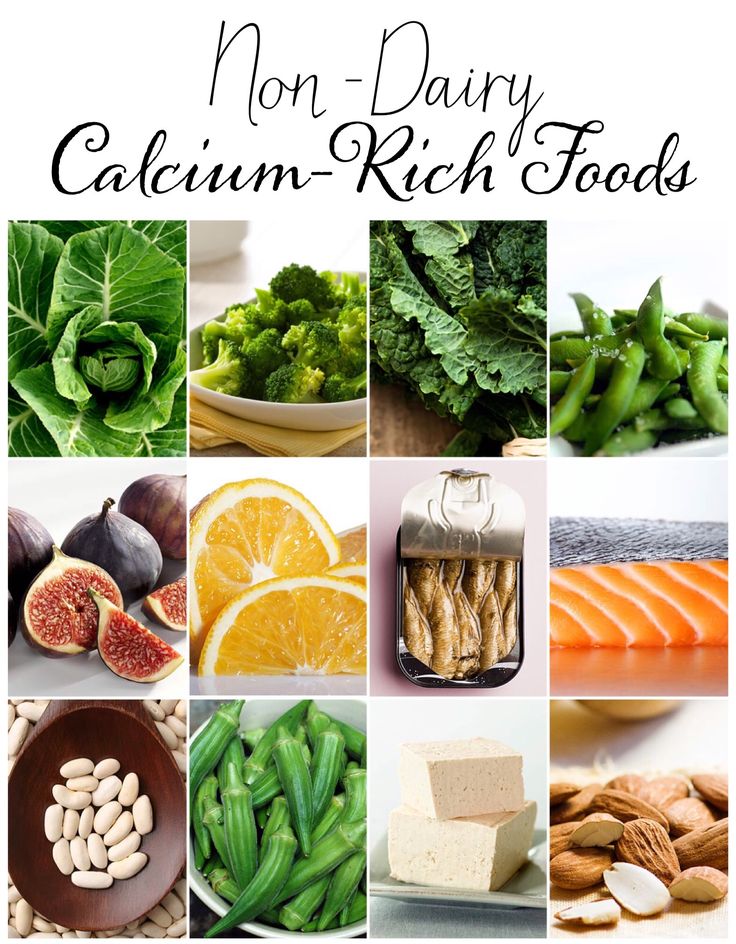 The ratio between the amount of calcium and phosphorus in foods is very important, since the best absorption in the intestine is observed at a value of 2: 1. This is the content found in breast milk. In dairy products, this ratio is close to the desired one. Another benefit of this food group in calcium absorption is the presence of milk sugar. It has been proven that the presence of lactose accelerates the absorption of many minerals, including, in addition to calcium, magnesium, zinc, manganese and iron. It is impossible to consider phosphorus-calcium metabolism without taking into account the role of vitamin D, which, in fact, is the regulator of the metabolism of these minerals in the body. Therefore, calcium will be better absorbed from foods that are rich in this vitamin (fish, egg yolk, cheese, butter).
The ratio between the amount of calcium and phosphorus in foods is very important, since the best absorption in the intestine is observed at a value of 2: 1. This is the content found in breast milk. In dairy products, this ratio is close to the desired one. Another benefit of this food group in calcium absorption is the presence of milk sugar. It has been proven that the presence of lactose accelerates the absorption of many minerals, including, in addition to calcium, magnesium, zinc, manganese and iron. It is impossible to consider phosphorus-calcium metabolism without taking into account the role of vitamin D, which, in fact, is the regulator of the metabolism of these minerals in the body. Therefore, calcium will be better absorbed from foods that are rich in this vitamin (fish, egg yolk, cheese, butter).
Read also: The child does not want to eat meat and fish
Drink milk, children
Dairy products are the basis of nutrition in childhood. In addition to the high content of easily digestible calcium and phosphorus, it is a valuable source of protein, full in amino acid composition, milk fat, which includes essential fatty acids, as well as a number of vitamins. In the nutrition of young children, as well as in other periods of intensive growth, the daily amount of dairy products in the diet should be no less than 500 ml per day in the form of whole milk and sour-milk drinks, as well as 50 grams of cottage cheese or cheese. However, all these recommendations will be relevant only for children older than a year. The nutrition of babies in the first year of life has its own characteristics, which are associated with the restriction of the introduction of whole cow's milk.
In the nutrition of young children, as well as in other periods of intensive growth, the daily amount of dairy products in the diet should be no less than 500 ml per day in the form of whole milk and sour-milk drinks, as well as 50 grams of cottage cheese or cheese. However, all these recommendations will be relevant only for children older than a year. The nutrition of babies in the first year of life has its own characteristics, which are associated with the restriction of the introduction of whole cow's milk.
Breastfeeding
Mother's milk is the main food for children in their first year of life. Its composition perfectly matches the needs of the child and changes dynamically in the process of growth and development of the baby. It is breast milk that is the main source of minerals in the first half of a baby's life. The total amount of calcium in human milk is lower than in cow's milk. But due to the ideal ratio between phosphorus and calcium, as well as the presence of special proteins that facilitate the transport of minerals through the intestinal wall, their absorption is very high.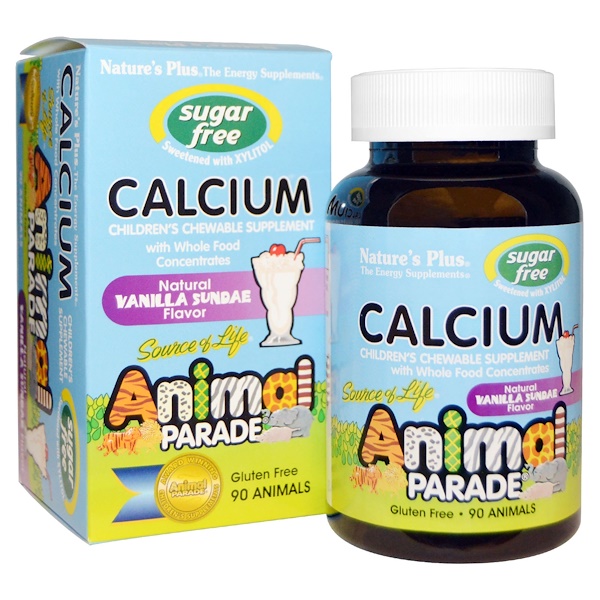 At this age of the baby, it is very important that the mother's nutrition is balanced and rational for the child to receive the necessary substances and maintain the health of the mother. In addition to the daily presence of dairy products in the menu, nursing mothers are advised to take additional calcium as part of vitamin and mineral complexes. Formula-fed infants should opt for lactose-adapted formulas for better absorption of calcium and vitamin D.
At this age of the baby, it is very important that the mother's nutrition is balanced and rational for the child to receive the necessary substances and maintain the health of the mother. In addition to the daily presence of dairy products in the menu, nursing mothers are advised to take additional calcium as part of vitamin and mineral complexes. Formula-fed infants should opt for lactose-adapted formulas for better absorption of calcium and vitamin D.
Weaning time
Mother's milk can only meet the needs of the baby during the first 4–5 months of life. Then, for normal growth and harmonious development, an additional supply of nutrients, as well as vitamins and minerals, is necessary. In the second half of life, complementary foods become a source of calcium. In accordance with modern domestic recommendations for feeding children, it is necessary to avoid the use of whole cow's milk until the age of 1 year. This is associated with a high risk of developing allergic reactions to a foreign protein, in addition, the load on the baby's immature kidneys increases and there is a risk of damage to the cells of the intestinal mucosa.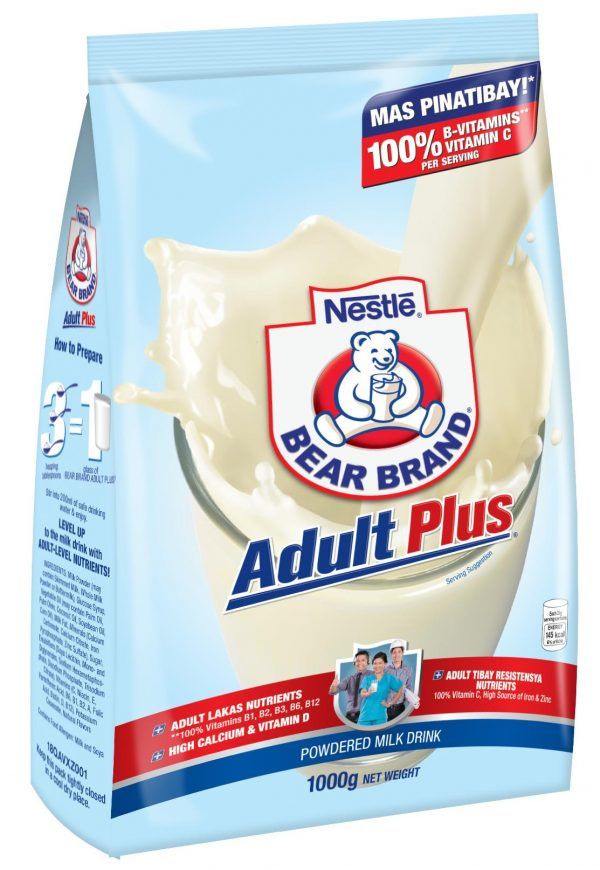 At this age, the introduction of whole milk can cause a violation of iron absorption in the gastrointestinal tract, the need for which increases significantly in the second half of life. In this regard, specially prepared and adapted dairy products are used in the nutrition of children of this age.
At this age, the introduction of whole milk can cause a violation of iron absorption in the gastrointestinal tract, the need for which increases significantly in the second half of life. In this regard, specially prepared and adapted dairy products are used in the nutrition of children of this age.
Complementary cereals
Babies older than 4–5 months receive calcium and phosphorus from specialized industrial products — baby milk porridge. For example, for the production of cereals of the Bebi Premium line, milk is used, which is specially adapted for better absorption by the child's body. Milk for the products of this manufacturer is delivered from Danish dairy farms, recognized as the best in the world. The milk component is the highest in comparison with children's cereals of other brands and does not contain vegetable oils. The latter aspect is also very important in the matter of calcium absorption. Palmitic and stearic fatty acids, which are part of a number of vegetable oils, bind to calcium to form insoluble compounds, thereby preventing its absorption.
IMPORTANT! All products of the Bebi Premium line are enriched with a vitamin-mineral premix, which is qualitatively and quantitatively specially selected for better absorption of calcium. Thus, the necessary intake of the mineral is made up of the natural content in cereals and the milk component, as well as due to the additional enrichment of porridge with calcium and vitamin D.
This allows you to make a significant contribution to the daily need of the child for these essential substances.
Sour-milk products
At the age of over 6 months, the baby's diet can be supplemented with cottage cheese, and after 8 months with sour-milk drinks. These foods are also a source of easily digestible calcium. In the nutrition of children of the first year of life, first of all, specialized products based on cow and goat milk should be used - liquid (biolact, yogurt, kefir) and pasty (children's cottage cheese).
IMPORTANT! In these complementary foods, protein and milk sugar are partially broken down, which improves their digestibility and reduces the risk of allergies, kidney damage and iron loss compared to whole cow's milk.